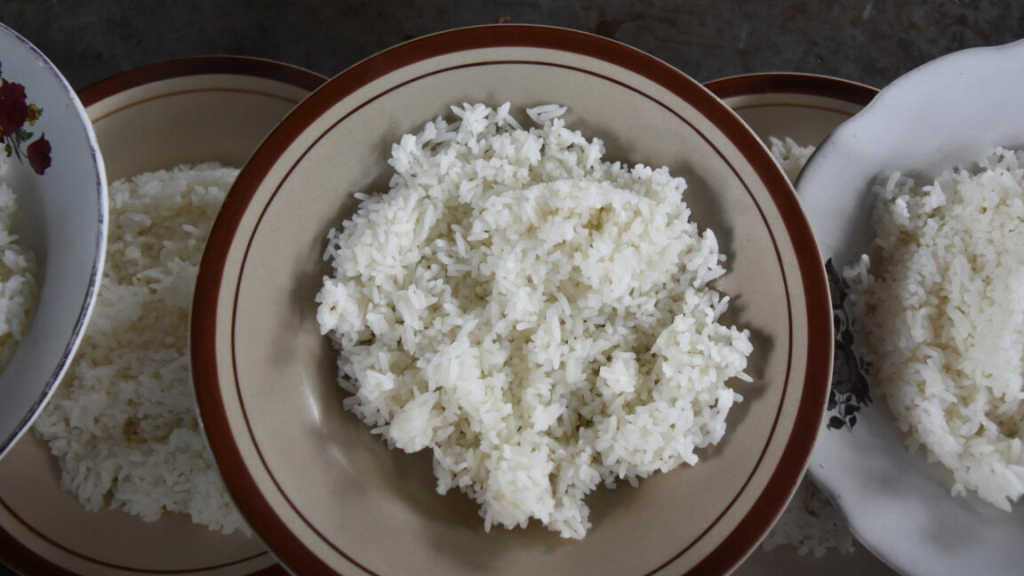Over a six-year period, Ziska and a team of researchers from both China and the United States conducted a series of experiments where they cultivated rice in controlled environments. These experiments involved exposure to varying levels of carbon dioxide and temperature—factors anticipated to rise due to climate change. Their findings indicated that increases in these two elements led to higher concentrations of arsenic and inorganic arsenic in the rice grains.
Arsenic is a natural element present in many foods, such as fish and shellfish, and can also be found in various water sources and soils.
Inorganic arsenic, which originates from industrial materials, frequently contaminates water supplies, including that which is used to irrigate rice paddies.
Rice is particularly vulnerable to weed overgrowth and competition from other plants; however, it thrives in flooded conditions. Farmers generally germinate rice seeds and transplant the seedlings into moist soil. To diminish weed growth while promoting rice health, they flood their fields. This method not only supports rice development but also enables the grain to absorb water and its contaminants, including arsenic from both natural and anthropogenic sources. The predominant method of rice cultivation worldwide relies on this flooding technique.
The recent study underscores the concern that climate change could exacerbate arsenic accumulation in rice.
Ziska noted, “Due to intricate biogeochemical interactions within the soil, an increase in temperatures and carbon dioxide levels also leads to higher inorganic arsenic levels in rice. This form of arsenic poses the most significant health concerns.”
Inorganic arsenic exposure has been associated with various health issues, including cancers of the bladder, lungs, and skin, as well as heart disease and developmental problems in infants. Studies suggest that regions with high rice consumption face enhanced cancer risks tied to inorganic arsenic exposure.






